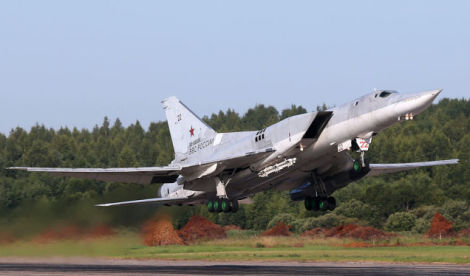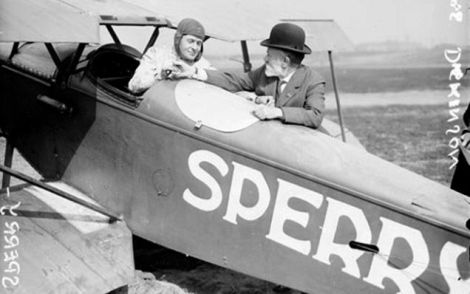Welcome to This Date in Aviation History, getting of you caught up on milestones, important historical events and people in aviation from August 28 through August 30.
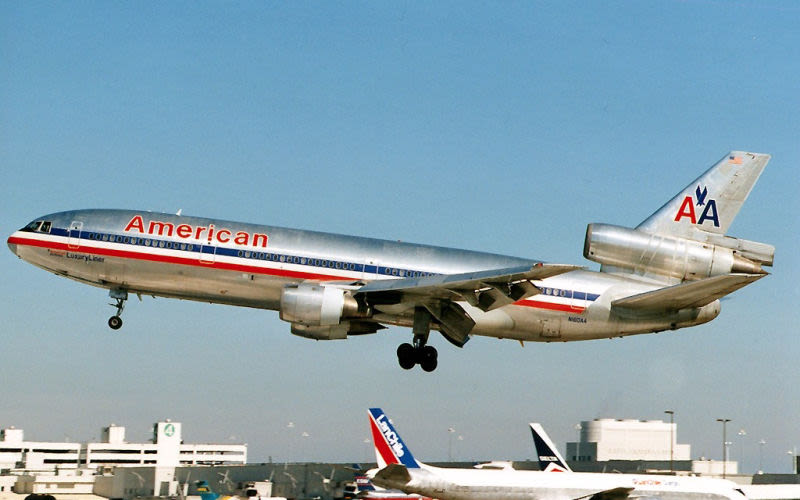
August 29, 1970 – The first flight of the McDonnell Douglas DC-10. In the 1960s, the US Air Force started looking for a large logistical aircraft as part of its CX-HLS program to replace the turboprop-powered Douglas C-133 Cargomaster and to provide a larger strategic airlifter to complement to the Lockheed C-141 Starlifter. Douglas began design studies to fulfill the Air Force request in 1967, but Lockheed was the eventual winner of that competition with their C-5 Galaxy. Having put so much time and money into the development a new large military transport, Douglas hoped to salvage something from their efforts by transforming their new aircraft into a large passenger airliner.
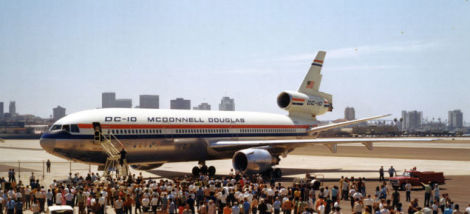
Ever-increasing numbers of passengers on domestic and international air routes indicated a need for larger airliners, and the move to wide-body airliners was the next step in airliner development. In light of the success of the world’s first wide-body airliner, the Boeing 747, American Airlines announced a specification in 1966 for an airliner that would be somewhat smaller than the 747 and capable of operations from shorter air strips while still maintaining a similar range and payload. Beginning with the work they had done for the Air Force, McDonnell Douglas (the two companies merged in 1967) initially considered a four-engine, double-decker arrangement before settling on a wide-body single-deck configuration with three engines and accommodations for about 400 passengers. The DC-10 marked the combined company’s first foray into commercial jet aviation, and the DC-10 became one of the most recognizable tri-jet airliners. In 1968, American Airlines placed an order for 25 aircraft, followed by United Airlines with 30 orders and an option for 30 more. The first DC-10s entered service with American on August 5, 1971, and with United Airlines two weeks later.
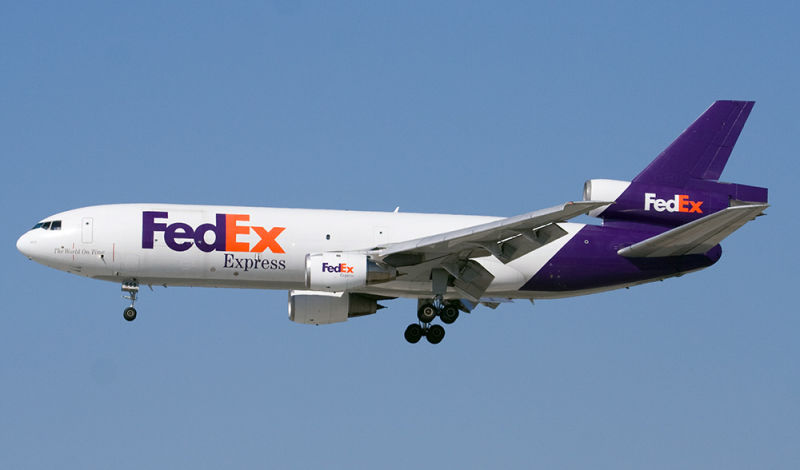
But McDonnell Douglas wasn’t the only manufacturer offering a triple-engined wide-body. Lockheed entered the fray with their L-1011 TriStar in 1972, so McDonnell Douglas hoped to entice buyers by offering engine configurations that provided different levels of range and economy based on the needs of the airline. The DC-10-10 model was considered the domestic version, while the DC-10-30 and DC-10-40 models were targeted at longer range international customers. Ultimately, because of delays in production and the higher cost of the Lockheed airliner, the DC-10 far outsold the L-1011. McDonnell Douglas ended up building a total of 386 DC-10s over a twenty-year production run, compared to 250 TriStars.
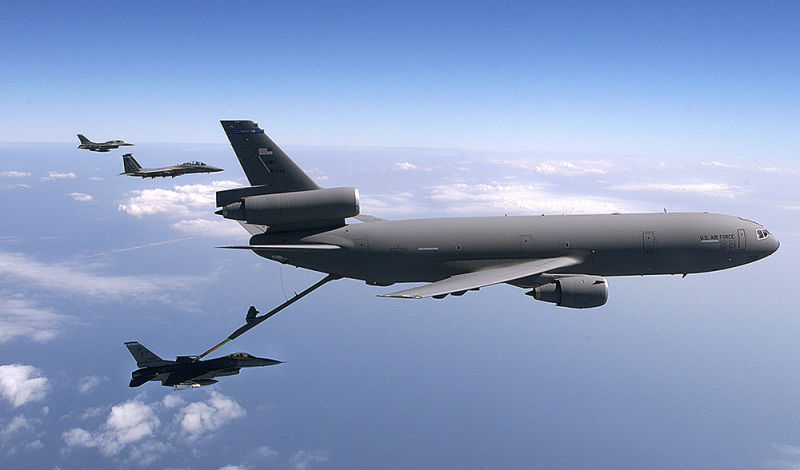
Early in its service life, the DC-10 garnered a reputation as an unsafe or dangerous aircraft. The airliner suffered a number accidents, including the crash of American Flight 191 in Chicago which claimed 273 lives and remains the single worst aviation accident in the United States. But continuous upgrades and improvements eventually put the DC-10 on par with other airliners for safety and reliability. The McDonnell Douglas wide-body saw its heyday in the 1970s and 1980s, and today it is flown primarily as a freighter. Following Boeing’s acquisition of McDonnell Douglas, some DC-1os have been fitted with updated avionics that remove the need for a flight engineer. These aircraft have been rebadged as the MD-10, while a stretched and upgraded version became known as the MD-11. The DC-10 was also converted into an aerial tanker for the US Air Force known as the KC-10 Extender, with a total of 60 being built.

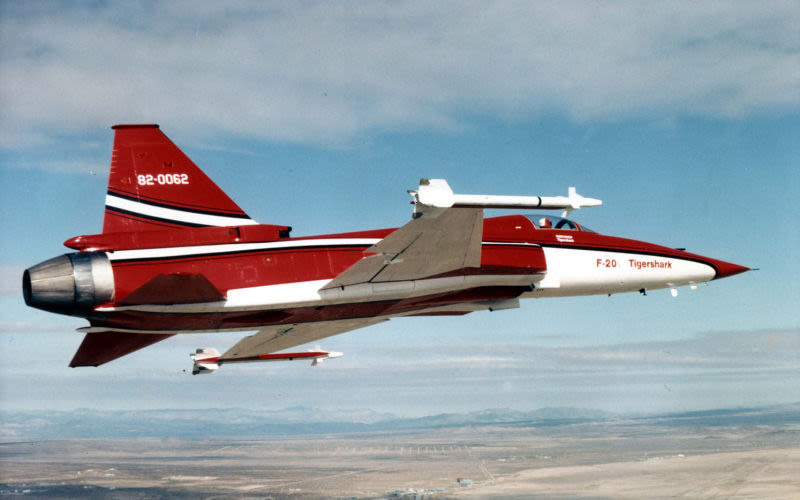
August 30, 1982 – The first flight of the Northrop F-20 Tigershark. When the Northrop Corporation first flew the F-5 Freedom Fighter in 1959, they were bucking a trend. Fighters of the day had become significantly more complex—and expensive—and Northrop’s little hot rod of a fighter would set fa new standard for capable fighter aircraft that were effective over the battlefield but not prohibititvely expensive to operate or to service. The F-5 became an excellent low-cost export for nations friendly to the US, and diminutive fighter eventually saw service in 31 nations. By the late 1970s, restrictions put in place by the US government prohibited the export of the newest American fighter planes for fear that American technology might fall into enemy hands. So the Air Force initiated the FX program to develop a new simple yet powerful fighter to take on the role that had been filled by so well by the F-5.
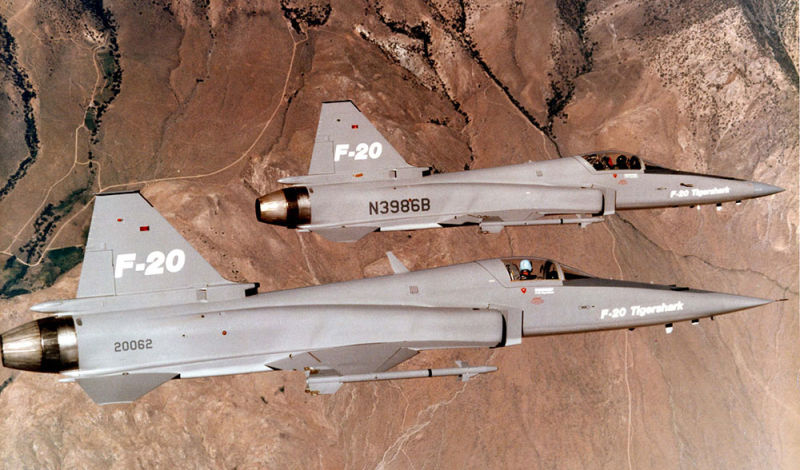
Both Northrop and General Dynamics responded to the Air Force request for a new fighter. Northrop presented the F-5G, a further modernized and upgraded version of their venerable little fighter, and General Dynamics proposed the F-16/79, a downgraded version of the F-16 Fighting Falcon currently in production for the US Air Force. At first, it appeared that Northrop might have gotten its timing just right to fulfill the expected windfall of export orders. However political waffling in the US Congress and changing export guidelines eventually permitted General Dynamics to export the F-16, along with its advanced technology. Northrop needed to improve the F-5G to match the F-16’s performance in the hopes of winning an export contract of its own.
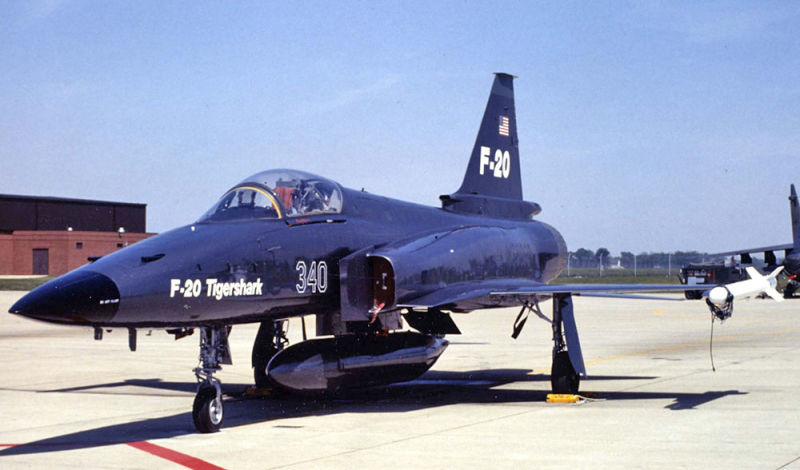
Part of that upgrade took the form of a change in branding. Many still saw the name “F-5" as denoting an inexpensive, second-tier aircraft meant for developing countries. So Northrop lobbied the Air Force to change the designation to F-20, and added the nickname Tigershark. To increase performance, the F-20 was fitted with the same General Electric F404 afterburning turbofan that was developed for the YF-17, which gave the fighter a 60% improvement in thrust over the F-5G. It was also fitted with updated avionics and the ability to fire beyond-visual-range AIM-7 Sparrow air-to-air missiles, a capability that the F-16 was not able to match.

Testing of the new fighter progressed admirably, and the Tigershark proved to be a formidable aircraft, providing at least as much punch as the F-16 but at a significantly lower cost. It’s single engine gave it a top speed of Mach 2, and it was armed with a pair of Pontiac M39A2 cannons in the nose and five external hardpoints for a wide range of rockets, missiles and bombs. Ultimately, though, the F-20 proved to be a case of an excellent aircraft with tragically bad timing. With no support from the US government, changing export restrictions that favored the F-16, and a lack of any international buyers after most opted for the more advanced F-16, the F-20 was eventually canceled in 1986 after only three aircraft had been produced. Two of the prototypes were lost to crashes, and the third now resides at the California Science Center in Los Angeles.
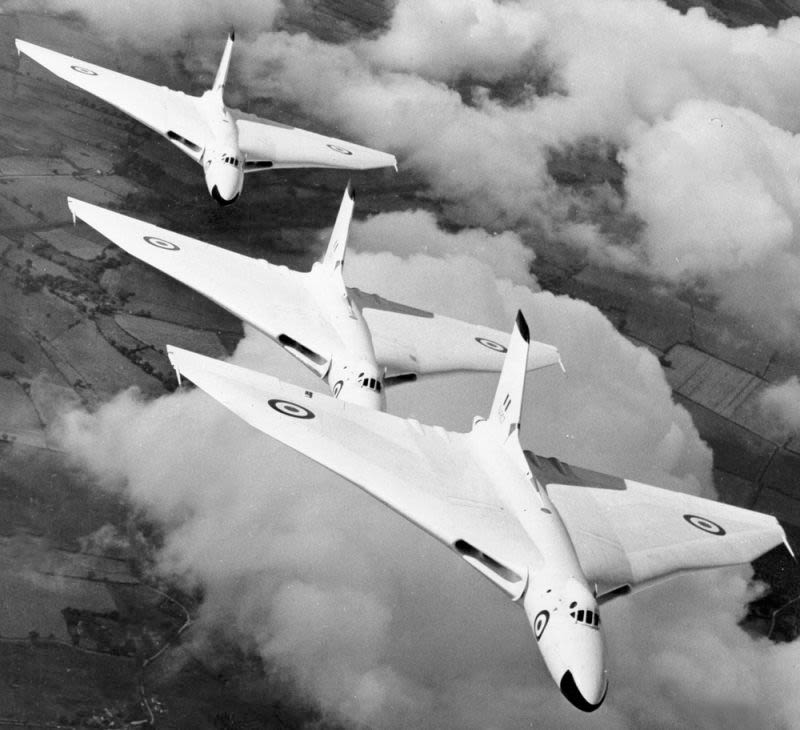
August 30, 1952 – The first flight of the Avro Vulcan. With the arrival of the operational turbojet engine by the end of WWII, military planners moved quickly to incorporate the new powerplant into their strategic and tactical bomber fleets. In England, development of new jet aircraft was closely tied to their nascent nuclear weapons program, which began to take shape in 1947. But the British Air Staff was working to stay ahead of the government, and had issued Specification B.35/46 the previous year that called for the creation of a new strategic bomber that would have four jet engines, a cruising speed of 500 knots, and a ceiling of at least 55,000 feet. Handley Page and Avro responded to the specification, with each making a unique aircraft that would eventually complement each other and serve side by side for many years. Handley Page offered their swept-wing Victor, which served as a bomber, reconnaissance aircraft and aerial tanker until 1993, while Avro developed the delta-winged Vulcan. Along with the Vickers Valiant, these three aircraft became known as the V Bombers, and the types reached their heyday in the 1960s before slowly being supplanted by ballistic missiles and smaller aircraft with tactical nuclear munitions.
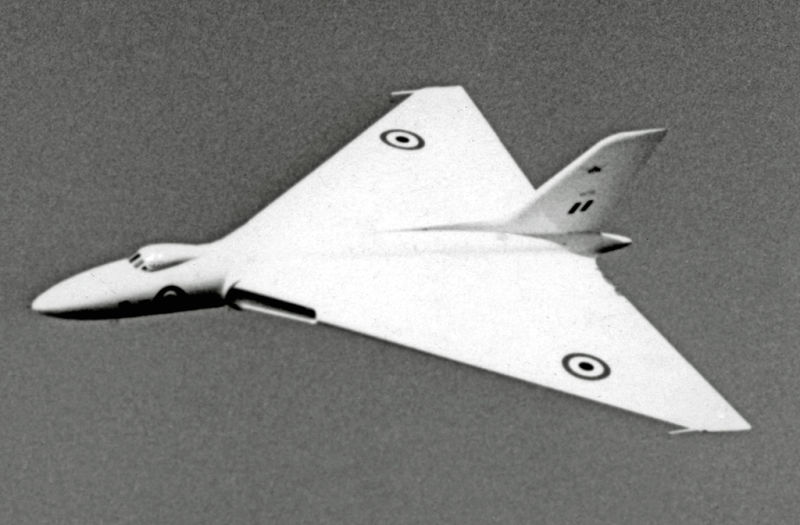
The Vulcan was one of the earliest planes to make use of the delta wing at a time when their use was still novel and untested. To make sure their bomber would fly, Avro started out with a series of scale models to prove the concept. The first was the single-seat Avro 707 which first flew in 1949. Though that aircraft crashed, killing the pilot, more models of the 707 followed which solved the problems of handling and ultimately resulted in a very stable aircraft. These scale tests continued until 1952, when Avro finally flew their full-sized bomber for the first time. But concerns about the design remained, and the British government ordered the production of the Valiant in the event that the Vulcan was a failure. Those fears proved to be unfounded, and the Vulcan turned out to be an extremely stable and capable aircraft. After ironing out a few remaining issues, the B.1 model entered service in 1956, and the B.2, with a redesigned wing and more powerful engines, entered service in 1960.
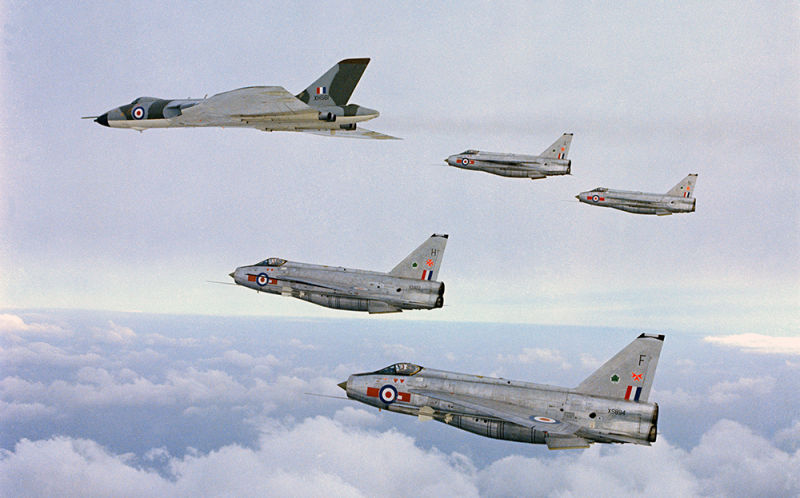
The Vulcan was originally conceived as a long-range nuclear deterrent, and its range was demonstrated during a round-the-world tour soon after the aircraft entered service. Aerial refueling capabilities were also added to further increase range. Though originally designed as a long range nuclear bomber, the Vulcan was also capable of carrying up to 21,000 lbs of conventional bombs. Vulcans saw their first and only combat action in the Falklands War of 1982, flying an 8,000 mile round trip from tiny Ascension Island in the middle of the Atlantic Ocean to bomb Argentine forces fighting on the disputed islands. Avro produced a total of 136 Vulcans from 1956-1965, and they were retired by the RAF in 1984. Seven Vulcans remain as museum pieces or ground demonstrators, and one was airworthy before its final retirement in 2015.
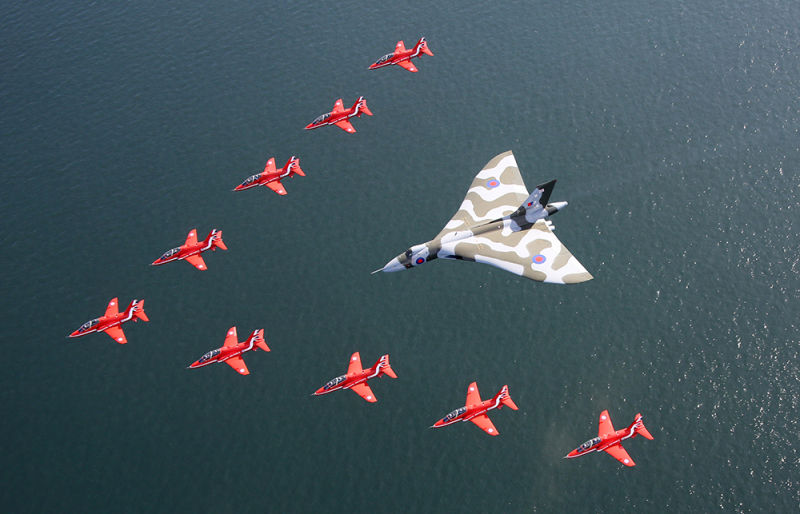
Short Takeoff
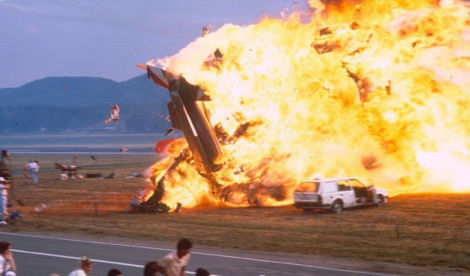
August 28, 1988 – Three aircraft from the Italian Air Force demonstration team Frecce Tricolori crash during an air show at Ramstein Air Force Base. During the Flugtag 88 air show, ten Italian Aermacchi MB-399 PAN trainer aircraft were performing a “pierced heart” maneuver in which two crossing groups of aircraft are split by a single aircraft flying a perpendicular course towards the crowd. As the planes crossed, the solo aircraft struck two others in the formation, raining debris and burning fuel onto the audience below. Sixty-seven spectators were killed, along with the three Italian pilots, and 346 were injured. Germany declared a three-year moratorium on public air shows, and new rules were put in place that required greater viewing distances and banned maneuvers that were directed towards the crowd.
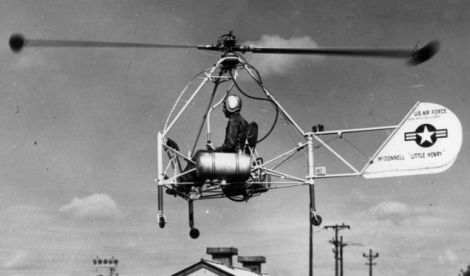
August 29, 1947 – The first flight of the McDonnell XH-20 Little Henry, an experimental light helicopter developed for the US Air Force. Unlike traditional helicopters of the time that were powered by piston engines, the Little Henry was powered by small ramjet engines placed at the end of each of the two rotor blades. Even though the XH-20 flew successfully, the ramjet engines were found to be noisy and burned large amounts of fuel, and plans to develop a larger, two-seat helicopter, the XH-29, were abandoned. Two Little Henrys were built, and the first is displayed at the National Museum of the United States Air Force.
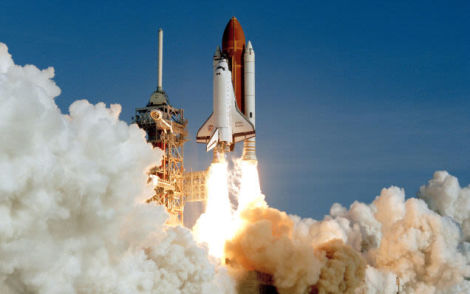
August 30, 1984 – The first flight of Space Shuttle Discovery, the third of five Space Shuttles placed in service by NASA. Discovery’s first flight, STS-41-D, took off from Kennedy Space Center in Florida and returned to Edwards Air Force Base in California six days later after deploying a commercial communications satellite and performing scientific experiments. Discovery went on to serve for 27 years and spent a total of 365 days in space over the course of 39 missions, including the placement of the Hubble Space Telescope into Earth orbit. In all, Discovery traveled 149,000,000 miles and completed 5,830 orbits before its retirement in 2011. The orbiter is now on display at the Smithsonian’s Steven F. Udvar-Hazy Center in Virgina.
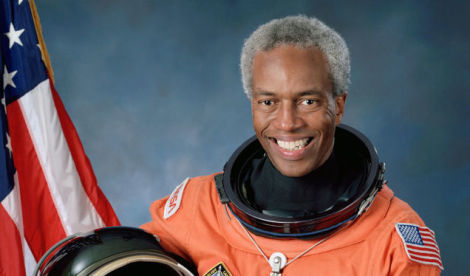
August 30, 1983 – Guion “Guy” Bluford becomes the first African American to fly in space. Born on November 22, 1942 in Philadelphia, Pennsylvania, Bluford obtained a degree in aerospace engineering from Pennsylvania State University and a master’s degree and PhD in aerospace engineering from the US Air Force Institute of Technology. As a fighter pilot, Bluford flew 144 combat missions in Vietnam and served as a flight instructor before being selected for the NASA astronaut corps in 1979. Bluford flew in space for the first time onboard the Space Shuttle Challenger on STS-8, the first Shuttle mission to both launch and land at night. With three other flights on STS-61-A, STS-39 and STS-53, Bluford spent a total of 688 hours in space. He retired from NASA in 1993, and was inducted into the International Space Hall of Fame in 1997 and the United States Astronaut Hall of Fame in 2010.
August 30, 1969 – The first flight of the Tupolev Tu-22M, a long-range supersonic land and maritime bomber. The swing wing Tu-22M, NATO reporting name Backfire, is powered by a pair of Kusnetsov NK-25 turbofans and is capable of a maximum speed of Mach 1.8. Developed from the notoriously poor Tupolev Tu-22, the Backfire first became known to the West through satellite photos taken in 1970, and was unveiled in 1980 and began flying simulated attack missions against NATO naval forces. The Backfire made its first combat appearance over Afghanistan in 1987, and more recently flew in support of the Syrian government in 2015, missions which continue to this day, though it continues to suffer from poor construction and maintenance difficulties. A total of 497 were built from 1967-1997.
August 30, 1913 – American inventor Lawrence Sperry successfully demonstrates the first autopilot. Developed by the Sperry Coropration in 1912, the first autopilot was a gyroscopic stabilizing device that hydraulically controlled the aircraft’s elevators and rudder and was capable of keeping an airplane level and on a compass heading, thus greatly relieving pilot workload on long flights. Lawrence Sperry demonstrated his autopilot in Paris in 1914, flying while holding his hands in the air to show that the autopilot was in fact in control of the aircraft. The first autopilots were used on American military aircraft by 1930 and, in 1947, a US Air Force Douglas C-54 Skymaster made the first transatlantic flight, from takeoff to landing, completely controlled by the autopilot.
Connecting Flights
If you enjoy these Aviation History posts, please let me know in the comments. And if you missed any of the past articles, you can find them all at Planelopnik History. You can also find more stories about aviation, aviators and airplane oddities at Wingspan.
